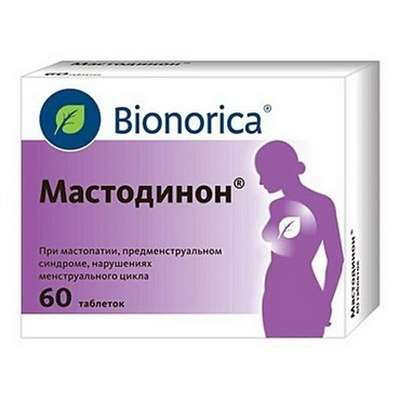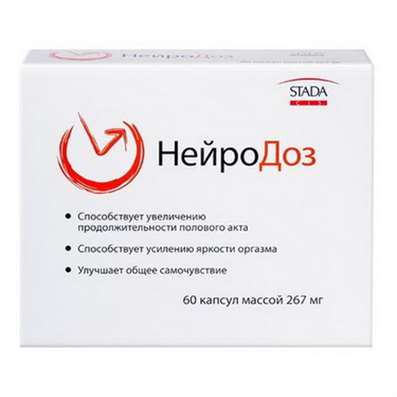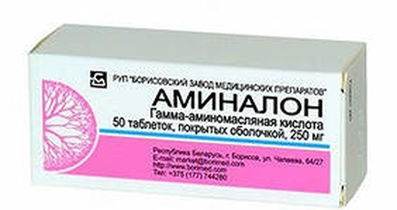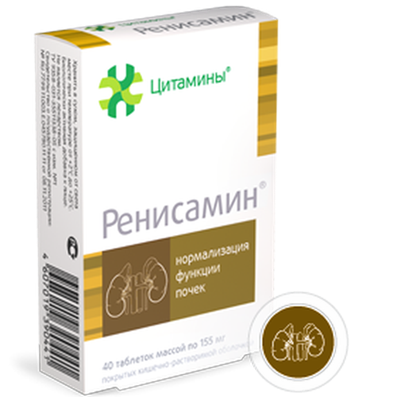Instruction for use: Rupatadine fumarat
I want this, give me price
The Latin name of the substance Rupatadine fumarat
Rupatadini fumaras (genus. Rupatadini fumaratis)
Chemical name
8-Chloro-6,11-dihydro-11- [1 - [(5-methyl-3-pyridinyl) methyl] -4-piperidinylidene] -5H-benzo [5.6] cyclohepta [1,2-b] pyridine Form of fumarate)
Gross formula
C30H30ClN3O4
Pharmacological group
H1-Antihistamines
The nosological classification (ICD-10)
J30 Vasomotor and allergic rhinitis: Allergic rhinopathy; Allergic rhinosinusopathy; Allergic diseases of the upper respiratory tract; Allergic rhinitis; Allergic rhinitis seasonal; Vasomotor runny nose; Prolonged allergic rhinitis; All-year-round allergic rhinitis; All-year allergic rhinitis; Year-round or seasonal allergic rhinitis; All-the-year-round rhinitis of an allergic nature; Rhinitis vasomotor allergic; Exacerbation of pollinosis in the form of rhinoconjunctival syndrome; Acute allergic rhinitis; Edema of the nasal mucosa; Edema of the nasal mucosa; Edema of the mucous membrane of the nasal cavity; Swelling of the nasal mucosa; Swelling of the nasal mucosa; Pollinosis; Permanent allergic rhinitis; Rhinoconjunctivitis; Rhinosinusitis; Rhinosinusopathy; Seasonal allergic rhinitis; Seasonal allergic rhinitis; Hay rhinitis; Chronic allergic rhinitis; Allergic diseases of the respiratory tract
L50 Urticaria: Idiopathic chronic urticarial; Injury Urticaria; Chronic urticarial; Hives of the newborn
CAS Code
158876-82-5
Characteristics of the substance Mebhydrolin
Antihistamine means of the second generation.
Pharmacology
Pharmacological action - antihistamine.
Pharmacodynamics
Long and selectively acting blocker of peripheral H1-histamine receptors. Some of its metabolites (desloratadine and 3-hydroxydesloratedadine) retain antihistamine activity and can contribute to the overall effectiveness of rupatadine.
Rupatadine shows a high affinity for H1-histamine receptors. Studies of rupatadine in vitro in high concentrations showed inhibition of degranulation of mast cells caused by immunological and non-immunological stimuli, suppression of the chemotaxis of eosinophils and neutrophils, as well as the release of cytokines IL-5, IL-6, IL-8, granulocyte-macrophage colony stimulating factor TNFα, from mast cells and human monocytes. In addition, rupatadine caused a dose-dependent suppression of the expression of neutrophil adhesion molecules. Due to the selectivity of rupatadine against peripheral H1-histamine receptors, it does not significantly affect the activity of the central nervous system at doses of 10 or 20 mg / day.
Since histamine release is a key link in the pathogenesis of all urticaria, it is expected that when rupatadine is administered according to clinical guidelines, it can effectively reduce the symptoms of not only chronic idiopathic, but also other hives.
Pharmacokinetics
Rupatadine is rapidly absorbed when taken orally, Tmax is approximately 0.75 hours. The average Cmax is 2.6 ng / ml after a single oral intake of 10 mg and 4.6 ng / ml after single ingestion of 20 mg of rupatadine. The pharmacokinetics of rupatadine is linear for doses of 10 to 40 mg. After taking 10 mg once a day for 7 days, the average Cmax is 3.8 ng / ml. The concentration in the plasma decreases according to the bi-exponential curve with an average T1 / 2 of 5.9 hours. The binding ratio of rupatadine to plasma proteins is 98.5-99%. Since rupatadine has never been used intravenously in humans, there is no data on its absolute bioavailability.
Eating a meal increases the overall effect of rupatadine on the body (AUC) by about 23%. The effect on one of its active metabolites and the basic inactive metabolite is practically the same (a decrease of about 5% and 3%, respectively). Tmax of rupatadine was extended by 1 h. C max in plasma did not change as a result of food intake. The differences were not clinically significant.
In the study of human excretion (40 mg of 14C-rupatadine), 34.6% of rupatadine is excreted by the kidneys, and 60.9% by the intestine within 7 days. Rupatadine undergoes significant pre-systemic metabolism when ingested. Unchanged active substance is found in urine and feces only in small amounts. This means that rupatadine is almost completely metabolized. In vitro metabolism studies in human liver microsomes indicate that rupatadine is metabolized predominantly by cytochrome P450 (isoenzyme CYP3A4).
In a study on healthy volunteers, when comparing results obtained in young and elderly people, the values of AUC and Cmax for rupatadine were higher in elderly participants in the study. This is probably due to a decrease in hepatic metabolism during the first passage through the liver in the elderly. These differences were noted only for rupatadine, and not for its metabolites. The average value of T1 / 2 rupatadine in elderly and young volunteers was 8.7 and 5.9 hours, respectively. Since the results for rupatadine and its metabolites were not clinically significant, it was concluded that, when rupatadine is administered to elderly patients at a dose of 10 mg, dose adjustment is not required.
Application of the substance Rupatadine fumarat
Symptomatic treatment of allergic rhinitis and urticaria in adults and adolescents (over 12 years).
Contraindications
Hypersensitivity to rupatadine; Children under 12 years of age (efficacy and safety not established); Kidney failure; liver failure; Pregnancy and lactation.
Restrictions
Patients with an elongated QT interval, unadjusted hypokalemia, persistent proarrhythmic conditions, such as clinically significant bradycardia, acute myocardial ischemia; Elderly patients (65 years and older); Simultaneous reception with statins; Simultaneous reception with grapefruit juice.
Application in pregnancy and breastfeeding
Rupatadine is contraindicated for use during pregnancy and lactation.
Side effects of the substance Rupatadine fumarat
Most often, patients receiving rupatadine reported adverse reactions such as drowsiness, headache, and fatigue, which occurred in 9.5; 6.9 and 3.2% of patients, respectively. In most cases, the elimination of rupatadine was not required. Classification of adverse reactions according to the frequency of development (number of reported cases / number of patients): very often -> 1/10; Often from 1/10 to 1/100; Infrequently - from 1/1000 to 1/100.
From the nervous system: often - drowsiness, headache, dizziness, fatigue, asthenia; Infrequent - reduced concentration of attention, irritability.
On the part of the respiratory system, chest and mediastinum: infrequently - nosebleeds, dry nasal mucosa, pharyngitis, cough, dryness in the throat, pain in the pharynx and larynx, rhinitis.
From the gastrointestinal tract: often - dry mouth; Infrequently - nausea, diarrhea, indigestion, vomiting, abdominal pain, constipation.
From the side of metabolism and eating disorders: infrequently - increased appetite.
From the skin and subcutaneous tissues: infrequent - rash.
From the musculoskeletal and connective tissue: infrequently - back pain, arthralgia, myalgia.
General disorders: infrequent - thirst, malaise, fever, weight gain.
Changes in laboratory indicators: infrequent - increased levels of CK, ALF, AST; Change in indicators of functional hepatic tests.
Interaction
Interaction with ketoconazole and erythromycin. The combined use of rupatadine in a dose of 20 mg and ketoconazole or erythromycin increases the systemic effect of rupatadine 10 times and the last - 2-3 times. The use of these combinations is not accompanied by changes in the QT interval or an increase in the incidence of adverse reactions compared with the separate use of these drugs.
However, rupatadine should be used with caution in conjunction with these drugs and other inhibitors of the isoenzyme CYP3A4.
Interaction with grapefruit juice. Simultaneous reception of rupatadine and grapefruit juice 3.5 times increases the overall action of rupatadine. Do not use grapefruit juice while taking rupatadine.
Interaction with alcohol. With simultaneous use with alcohol, rupatadine at a dose of 10 mg does not cause a more pronounced change in cognitive, psychomotor activity compared to taking only alcohol. A dose of 20 mg increases the changes caused by taking alcohol.
Interaction with drugs that depress the central nervous system. It is impossible to exclude the possibility of the interaction of rupatadine with other antihistamines and drugs that depress the central nervous system.
Interaction with statins. Due to the fact that some of the statins, like rupatadine, are metabolized by the cytochrome P450 isoenzyme CYP3A4, the possibility of increasing the level of CK when combined is not excluded. For these reasons, rupatadine should be used with caution at the same time as statins.
Overdose
No cases of rupatadine overdose have been described. In a study on the study of clinical safety, rupatadine was well tolerated in a daily dose of 100 mg for 6 days. The most common adverse reaction is drowsiness. When randomly ingested very high doses of rupatadine, induction of vomiting followed by the reception of activated charcoal is indicated. If this manipulation is impossible or ineffective, it is necessary to wash the stomach with an isotonic sodium chloride solution.
Routes of administration
Inside.
Precautions for the substance Rupatadine fumarat
Impact on the ability to drive and work with machinery. When using rupatadine in a dose of 10 mg, there was no effect on the ability to drive and work with mechanisms. At the same time, there are reports of drowsiness observed during treatment with rupatadine. In this regard, it is recommended to be cautious when driving a car or engaging in other potentially hazardous activities that require increased concentration and speed of psychomotor reactions until an individual patient's reaction to rupatadine is established.

 Cart
Cart





